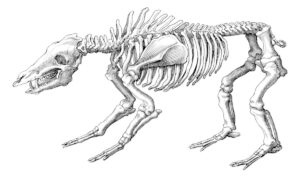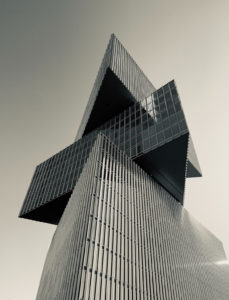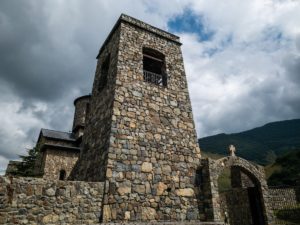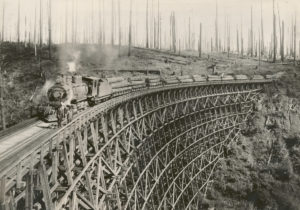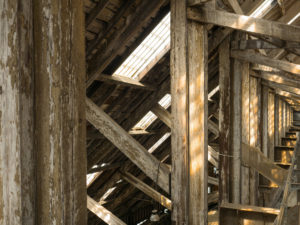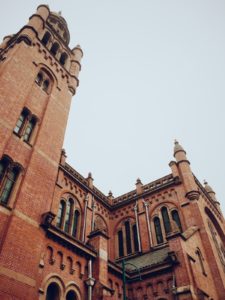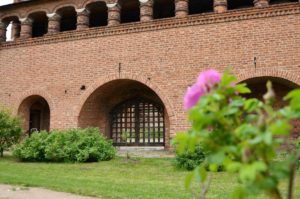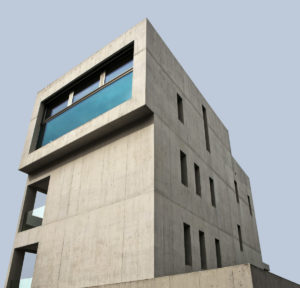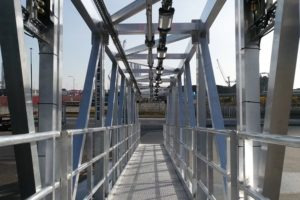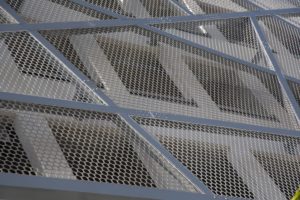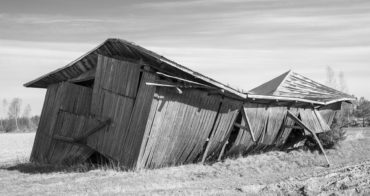What is a structure?
A structure is something that carries weight or resists loads and forces, and which may form a protective cover or skeleton for an object or living thing.
Structures can be natural (skeletons of animals, shells of snails, a spider’s web, tree trunks and branches, etc.) or man-made (buildings, bridges, dams, masts, ships, aircraft, etc.)
Examples of structures
Features of man-made structures
Structures designed by humans should have the following features:
Well defined function
Structures should serve its users with a certain function.
Safety and serviceability
Structures should resist loads, not develop excessive deformations or cracks under everyday loads, and not collapse in case of extreme actions (wind, quake, etc.).
Aesthetics
Structures should be aesthetically pleasant on their own or integrated with their surroundings.
Economical
Structures are usually realized within a limited budget which must be enough for design, build, and maintenance during the planned life.
Structural materials
All structures are made with structural materials.
Traditional materials
These materials were used by builders since ancient times and can be stone, timber, bricks, concrete, and mortar.
Examples of ancient structures made with traditional materials
Stone
Stone is used as a structural material since the dawn of humankind and it is still being used today. The material is durable and naturally available.
Examples of stone structures
Timber
Timber is another material used since humankind’s early beginnings and it is also a renewable material.
Examples of timber structures
Bricks
Bricks are like Lego blocks that can be combined together to form structural elements. The combination of bricks and mortar is called masonry. Bricks from an old demolished building can be reused if extracted carefully. Researchers these days are working towards transforming this building material into a sustainable one through recycling.
Examples of brick structures
Modern materials
Portland cement concrete
Concrete is a composite material composed of fine and coarse aggregate bonded together with a fluid cement (cement paste) that hardens over time.
When aggregate is mixed with dry Portland cement and water, the mixture forms a fluid slurry that is easily poured and molded into shape. The compound can be easily molded into the desired form using the appropriate scaffolding, forming a column, beam, slab, foundation, etc. The cement reacts with the water and other ingredients to form a hard matrix that binds the materials together into a durable stone-like material.
Examples of concrete structures
Steel
Steel is an alloy of iron with typically a few percent of carbon to improve its strength and fracture resistance compared to iron. Structural steel is a category of steel used for making construction materials in a variety of shapes. Many structural steel shapes take the form of an elongated beam having a profile of a specific cross-section.
Steel as a building material has qualities like durability and strength, it is lightweight, and it can be recycled indefinitely.
Examples of steel structures
Aluminium
Aluminum is a non-ferrous metal abundantly available. It has to be extracted from the bauxite ore. As the extraction process is relatively expensive, aluminum was generally not used in construction until the early 20th century. In the 1930s, a breakthrough was achieved when the Empire State Building used aluminum for much of its interior structures and its famous spire. Subsequently, it began to be used for roofing, flashing, wall panels, spandrels, and so on. Today, aluminum is the second most used metal in buildings after steel.
Examples of aluminum structures


